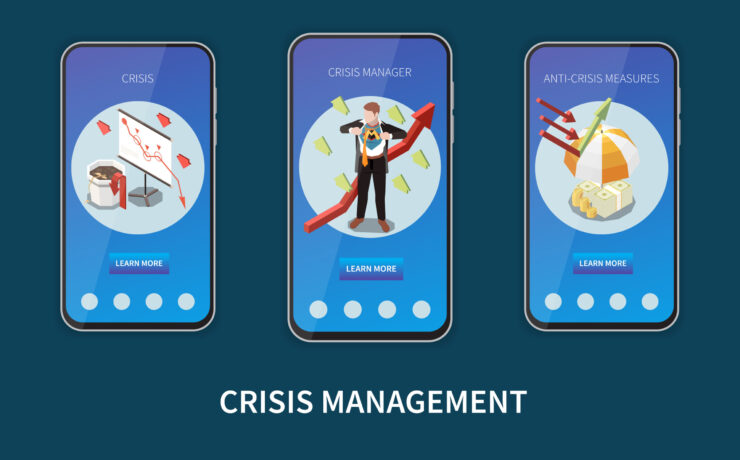Navigating Reputation Crises: A Guide to Effective Crisis Intervention in the Digital Age
In the current digital era, reputation crises can disseminate at high speed, making the concerned individuals and companies exposed to serious threats. From bad reviews and social media bashings to PR disasters and viral scandals, reputation crises need sensitive and strategic management. The following points should be considered when dealing with reputation crises in the digital age:
- Be Aware of Your Online Image
Monitoring your online profile proactively is necessary for detecting the reputational crises that could lead to their escalation. Leverage monitoring tools and social media listening platforms to monitor mentions, comments, and conversations related to your brand as they occur. Through alertness, you will be able to catch the issues emerging ahead of time and deal with them fast enough to minimize their effects.
- Assess the Situation
If a reputation crisis emerges, be sure to conduct a thorough assessment before taking any action. Collect all available data that includes the nature, extent, and the parties involved as well as the possible impact on your reputation. Assess the gravity of the situation and take as appropriate actions as possible.
- Provide quick and transparent answers
In the digital era, transparency and authenticity should be the key elements in crisis communication. Respond promptly and transparently to the crisis indicating your own mistakes and omissions if any. Apologize sincerely if necessary and give true data to answer the questions of your stakeholders. Don’t fall into defensive or avoidance traps, it can worsen the situation.
- Talk to Your Audience
Interact with your audience being open and empathetic during the crisis. Listen to their concerns, answer the questions and other feedback, and show that you are keen to see the issue resolved. Utilize social media platforms, email, and other communication channels to keep your audience abreast of the progress of the response activities.
- Implement Corrective Actions
The next step is to take precautionary measures that will avoid such cases in the future. Corrective measures could include policy modifications, employee training, or product upgrades to tackle the fundamental cause of the crisis and restore the trust of your stakeholders.
- Monitor and Evaluate
When the crisis is over, continue checking and assessing how effective your response is. Examine whether the crisis has caused any damage to your reputation and brand perception and consider any post-crisis issues that may need resolution. Learn the lessons and put them into practice by coming up with crisis preparedness strategies.
Nevertheless, by adhering to the guidelines for the strategy of effective crisis intervention, you will confidently lead through reputation crises and minimize the damage they create to your reputation and brand. Proactive monitoring, prompt and transparent communication, involvement with stakeholders, implementation of corrective actions and ongoing evaluation are the factors to successfully handle reputation crises in the digital age. Through an active and strategic crisis management process, you can shield your reputation, regain audience trust and bounce back strongly from difficult episodes.




